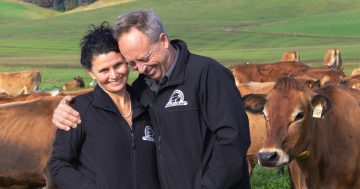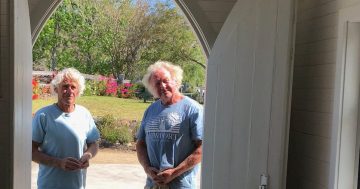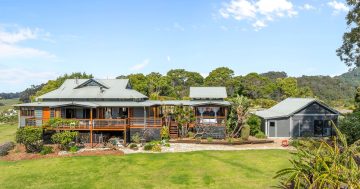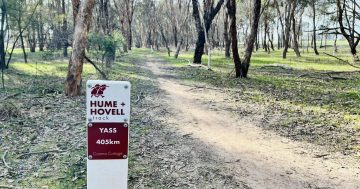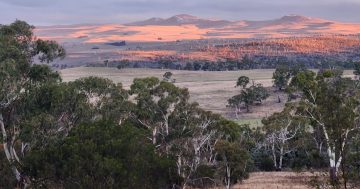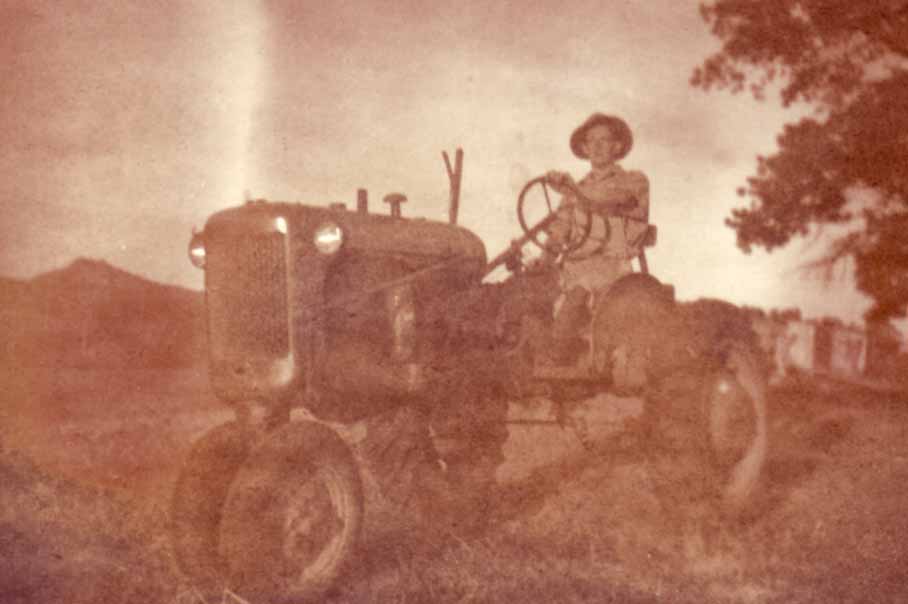
Malcolm Dibden on a tractor at his dairy farm Spring Hills. Photo: Supplied.
From an early age, Tilba Tilba dairy farmer Malcolm Dibden’s happiest days were on the family farm. Mal went on to buy the farm that had been owned by his maternal grandfather, his mother’s brother and then his father.
In his early 20s, Mal had an epiphany when he first ventured up Mother Mountain Gulaga. It was after the catastrophic 1952 bushfires that he came across a section of mountain forest that hadn’t been burnt. He spent decades visiting and observing the mountain and fighting to protect it. He was years ahead of his time.
Mal’s father was a Shell Oil depot manager, so the family moved several times. He spent every summer at the Robertson family’s 400-acre farm, Spring Hills, nestled at the foot of the mountain sacred to the Yuin people.
“I just wanted to be there in that beautiful place,” Mal says. “I loved going there every year for a few weeks.”
In 1948, when Mal left school, his retired father bought Spring Hills. Mal married a Moruya lass, Elaine, and they had eight children. He couldn’t think of anywhere better than Spring Hills for his children to grow up.
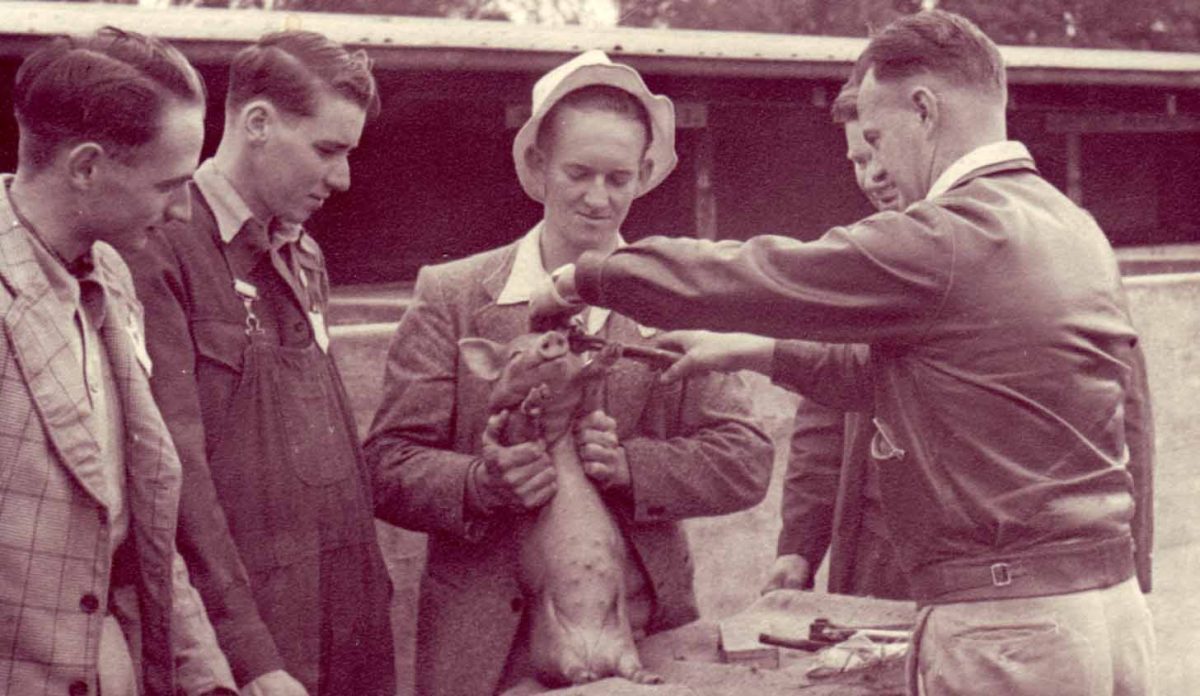
Malcolm Dibden with a pig while at Hurlstone Agricultural College. Photo: Supplied.
The milk from the farm went to the cheese factory run by the Tilba Tilba Cooperative that formed around 1921. Much of the land was very steep and rocky so the small dairies weren’t prosperous. Nevertheless, it was “a particularly close-knit community because you delivered the milk to the factory every day”, Mal says. “So, you met every farmer practically every day, seven days a week.”
He learnt there were three major types of rainforest on Gulaga, several types of eucalyptus forests and a large and diverse range of plant communities. Some were different from anything else on the South Coast and not seen at that latitude anywhere else.
In the 1960s, Mal started advocating for greater protection for Gulaga. In 1966, the eastern side and the summit became the Mount Dromedary Flora Reserve. It was included in the Register of the National Trust and listed by the Australian Heritage Commission. The NSW government nominated the reserve for inclusion in the World Heritage List in 1986.
In 1989, the Forestry Commission of NSW (Forestry) began removing trees from Gulaga’s western side, which had been incorporated into the Bodalla State Forest in 1966. Indigenous and non-Indigenous locals were opposed to the logging. Indigenous women approached academic Deborah Bird Rose to put their case to Forestry.
Almost everybody in the area she spoke to told her to consult Mal, although he had tried to keep a low profile. Forestry accepted her two proposals, which were not to log the area but to work with the Indigenous community to jointly determine a boundary where logging was prohibited.

Pictured around 10 years ago, Malcolm Dibden loves the area around his farm, Spring Hills, which includes Gulaga. Photo: Supplied.
By that time, the farming community had changed. In 1972, the Tilba Tilba cheese factory closed, and its suppliers joined the Bega Cooperative. A tanker came daily to collect the milk, so farmers no longer met each other every day in town.
In 1965, 38 dairy farms in the Tilba district produced 21,000 litres of milk daily. In 1975, there were only 16 dairy farms. By 1995, when Mal was around 65, there were just seven producing 9,000 litres every day.
On the advice of agricultural scientists, he had moved from dairy to farming cattle for beef. Four years of drought left many cattle dead. His pastures became dust.
By 1990, he had 1300 acres, but only 300 were cleared. On most sides, he was bordered by national parks, state forests, wildlife preserves and Wallaga Lake.
Much as he had loved the cleared land as a lad, by 1990, he thought it was a shame that the land had ever been cleared. It yielded very little financial value and only supported the farmers for a period of 30 to 50 years.
Only three dairy farms remained when Mal was named Eurobodalla Citizen of the Year in 2015. His citation said he served on the Wallaga Lake Management Committee and the Forestry Commission of NSW for more than 20 years. He was on the Gulaga National Park Board of Management when the mountain was handed back to its traditional owners in 2006. He had actively promoted the protection of Gulaga for more than 50 years.
As a member of the Tilba Progress Association in the 1960s and 1970s he lobbied for Tilba to be registered by the National Trust for its historical architecture and landscape value.
Mal is now 94. He still talks about the days when every farm in the district was a dairy farm. His love for the precious landscape of the Tilba district endures today.







